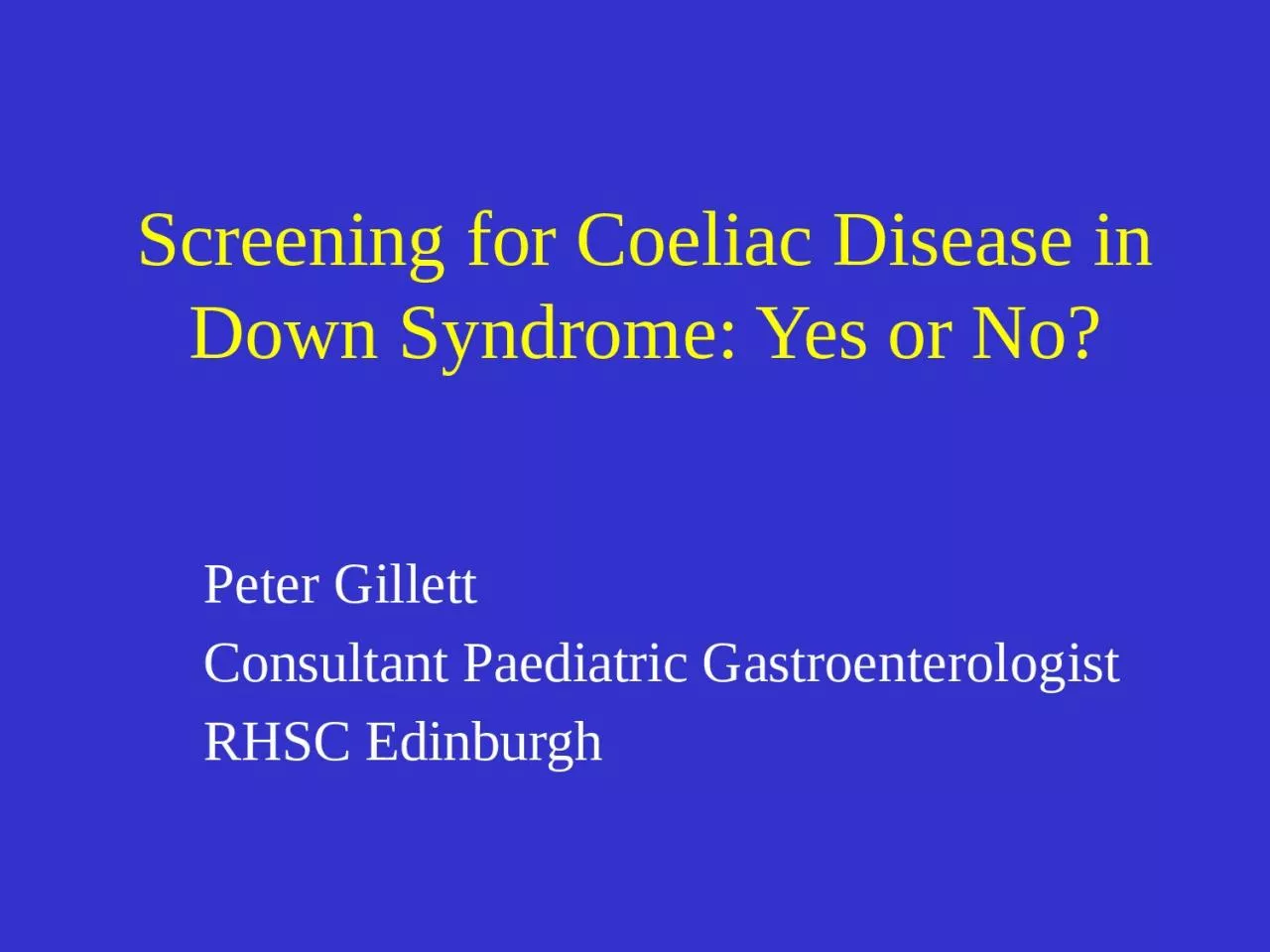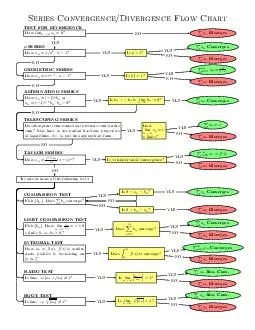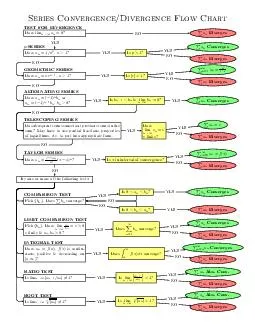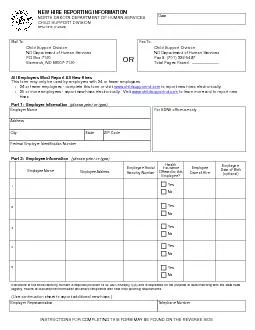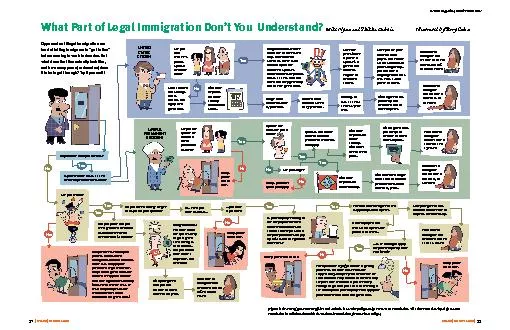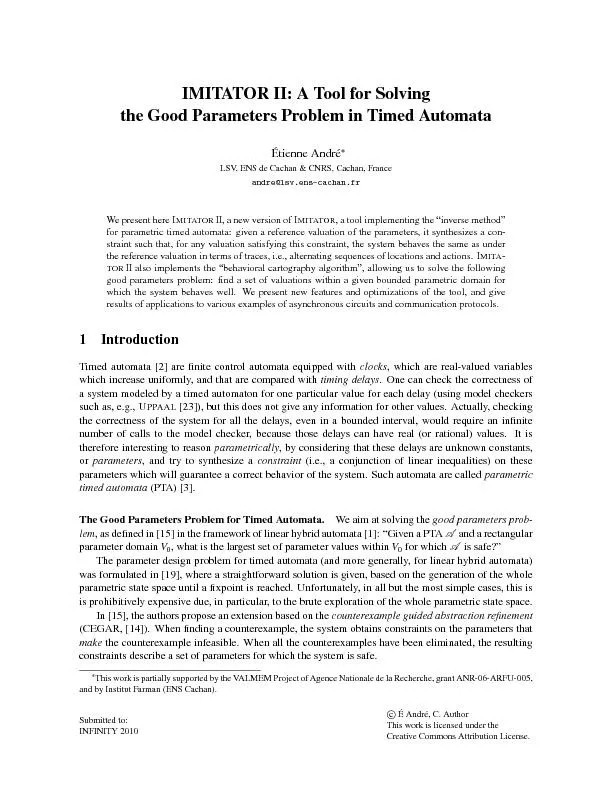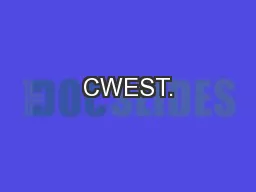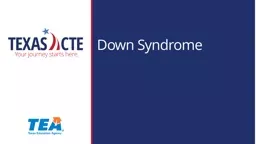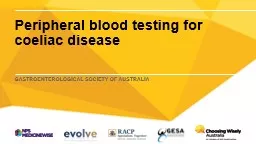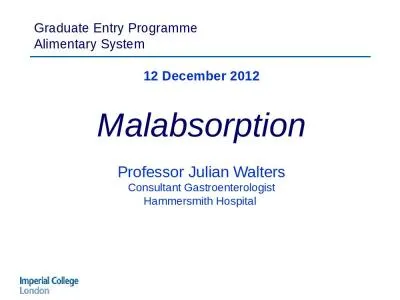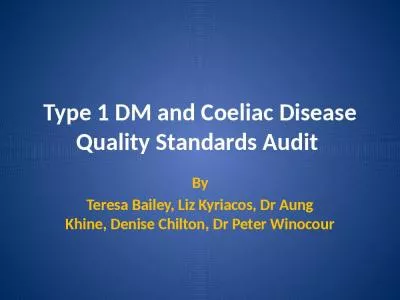PPT-Screening for Coeliac Disease in Down Syndrome: Yes or No?
Author : TootsieWootsie | Published Date : 2022-08-01
Peter Gillett Consultant Paediatric Gastroenterologist RHSC Edinburgh Background Early 1970s first published association Many studies confirm association Gastrointestinal
Presentation Embed Code
Download Presentation
Download Presentation The PPT/PDF document "Screening for Coeliac Disease in Down Sy..." is the property of its rightful owner. Permission is granted to download and print the materials on this website for personal, non-commercial use only, and to display it on your personal computer provided you do not modify the materials and that you retain all copyright notices contained in the materials. By downloading content from our website, you accept the terms of this agreement.
Screening for Coeliac Disease in Down Syndrome: Yes or No?: Transcript
Download Rules Of Document
"Screening for Coeliac Disease in Down Syndrome: Yes or No?"The content belongs to its owner. You may download and print it for personal use, without modification, and keep all copyright notices. By downloading, you agree to these terms.
Related Documents

